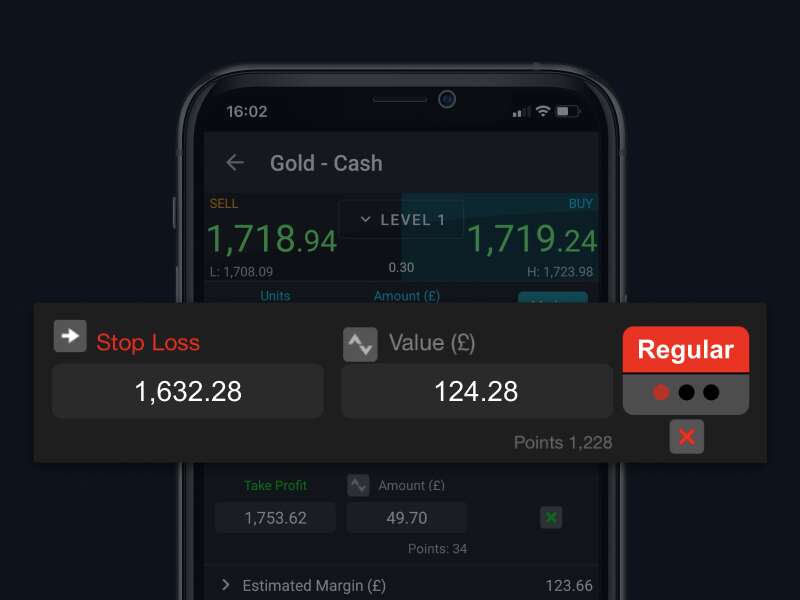A stop-loss order is a market order that helps manage risk by closing your position once the instrument/asset reaches a certain price. A stop-loss aims to cap an investor’s losses on a position. If you set a stop-loss order for 10% below the buy price, it will limit your losses to 10%.
A stop-loss aims to cap your losses by closing you out of the trade once your pre-determined figure has been reached. The stop-loss order you’ve set will stay in effect either until it’s triggered, cancelled or your position is liquidated. If the instrument’s price falls below your threshold, your stake in the instrument will be sold at the next available market price. By occurring automatically once your limit is reached, it provides an exit plan, preventing you from losing any further capital on that position.
The stop-loss level is determined by the trader, who might take into account fundamental analysis factors like current underlying market conditions and the likelihood of slippage occurring. Slippage in trading is the difference between the expected price and the actual price the trade was executed at. This can occur at periods of high market volatility, such as major news releases and events, when either entering or exiting the trade.
The stop-loss order lasts until either a) the stop-loss level is reached, b) the stop-loss is removed without closing the trade, or c) the trade is closed.





